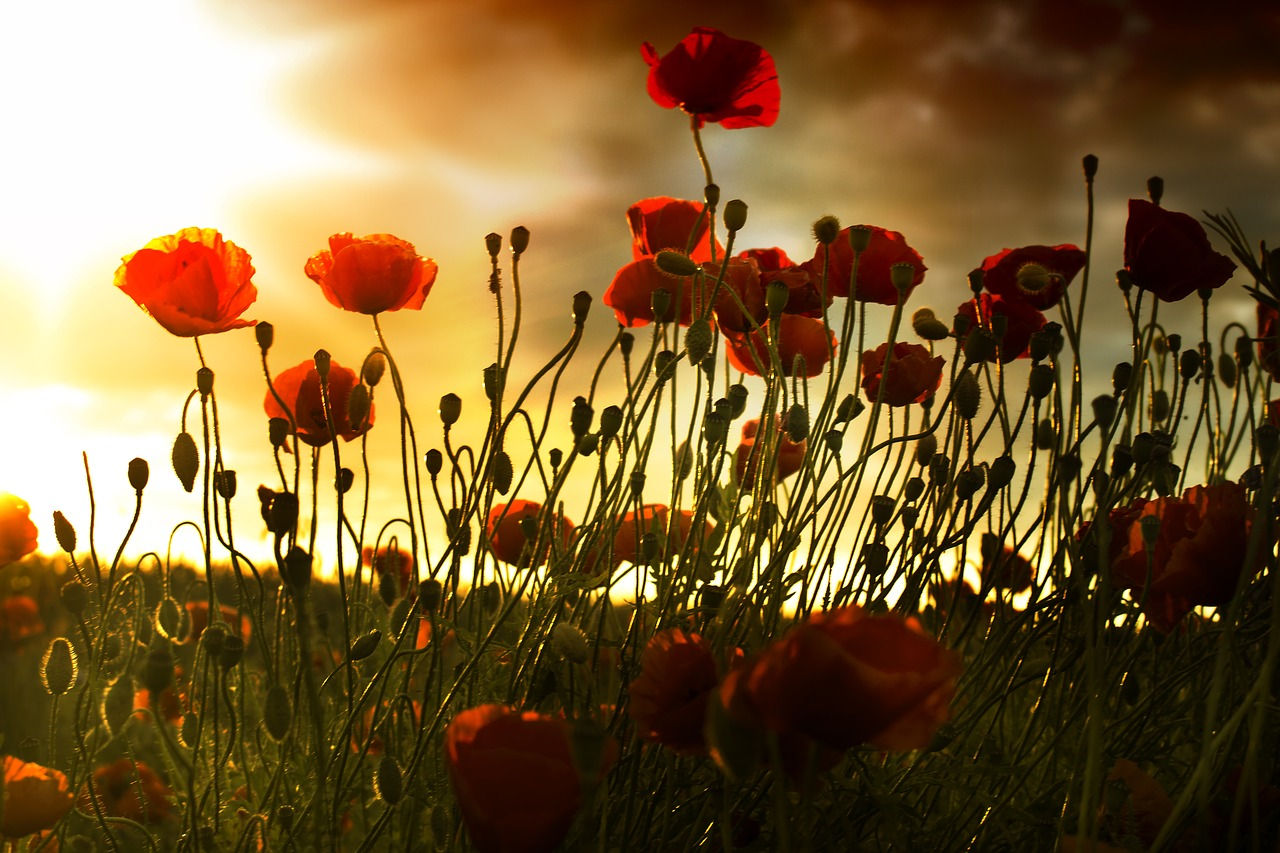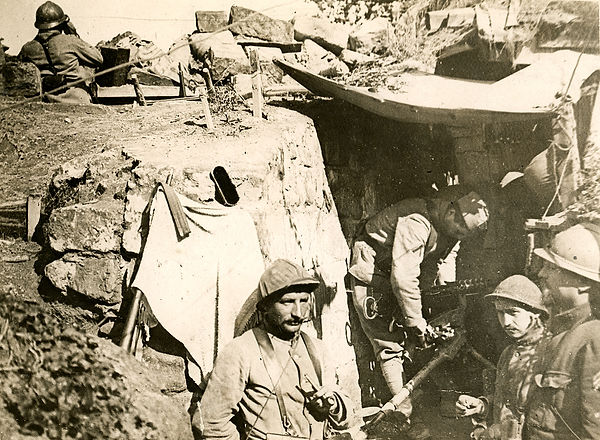
War-Wounded France
One thing to note about war is that it never starts without a reason. Smaller conflicts may act like bone fractures in the human body – that is, if left unresolved, they lead to structural weaknesses that cripple the larger organism and may lead to further injury.
Though this analogy is crude and imperfect, an individual with an eye on history can see the Napoleonic Wars in the early years of the 19th century as a mass casualty event that exposed and exacerbated multiple fractures in the body politic of Europe. Nationalism arose in part as a result of entire countries moving to support their nation’s war efforts. German nationals in the French border region of Alsace-Lorraine – which, up until the 17th century, had been under the control of the Holy Roman Empire – grew increasingly resentful of Napoleon’s occupation of German territories and dreamed of their land’s return to Teutonic rule.
Following the Napoleonic Wars, France demanded reparations in the form of geographic territory from the German state of Prussia. These demands were ignored as Prussia consolidated the remaining German states into a larger Teutonic confederation and strengthened political ties with Spain. Terrified of being surrounded by political enemies, France moved to war.
This did not end well for France. The conflict lasted barely over six months and resulted in staggering losses – almost 140,000 dead from combat or disease, over the same number wounded, and almost 475,000 captured. In comparison, German losses included less about 45,000 dead, almost 90,000 wounded, and about 10,000 captured. Germany also reclaimed the territory of Alsace-Lorraine along with other portions of France.
These losses deeply wounded French national pride. Reeling with grief and seething with anger, the French people wanted revenge against Germany. However, in their weakened state, it would be impractical for them to do so alone. They would soon be given their chance, though, when Germany declared war against Russia, Belgium, and France in August 1914. Diplomatic ties with Russia required France to mobilize in support of its ally and a battle-wounded, bloodthirsty nation marched forth once more for war.

French machine gun operators on the Western Front.
Image credit: Encyclopaedia Brittanica.
The majority of fighting in Europe occurred in the border regions between France and Germany’s territories. Trench warfare raged in that region with little progress made by either side for two years. The Battle of Verdun and the Battle of the Somme resulted in an estimated combined casualty total of over 1,700,000. While little was gained in a physical sense from either of these clashes, the Battle of Verdun – despite massive personnel losses and a duration of almost ten months – was seen as a testament to the resilience of the French army.
Deadly innovations in mechanized and chemical warfare brought fresh momentum to the borderland battlefields. France developed and used tear gas against their foes, which led to German uses of far-deadlier mustard gas. However, it was the costly combination of Allied explosives and armored tanks in the north of France that began to weaken Germany’s hold in the region. The wholesale slaughter in the region led Canadian physician John McCrae to pen the now-immortal poem "In Flanders Fields." [The video below contains a recording of renowned Canadian poet and musician Leonard Cohen reciting the poem set to archival images in commemoration of the centenary of the end of World War I.]
Following the German retreat from Belgium and northern France, the Allied troops were left with the formidable task of securing the border between France and Germany. France and Great Britain had little left with which to accomplish this, leading to considerable German advances into France and putting Paris in danger of capture. The tide turned with the arrival of increasing numbers of American troops, and a series of swift armored cavalry and air attacks from the Allies, known as the Hundred Days Offensive, pushed Germany to its breaking point.
Germany formally acknowledged its defeat on November 11th, 1918, and France – now a bloody, shell-shocked ruin riddled with trenches and tank tracks – was faced with the long, onerous task of rebuilding.
Who would come to their aid?
References
Cerf, Barry (1919). Alsace-Lorraine Since 1870. MacMillan.
Howard, Michael (1991). The Franco-Prussian War: The German Invasion of France 1870–1871. New York: Routledge.
Sheldon, J. (2007). The German Army at Passchendaele. London: Pen and Sword Books.
Varley, Karine (2008). "The Taboos of Defeat: Unmentionable Memories of the Franco-Prussian War in France, 1870–1914". In Macleod, Jenny (ed.). Defeat and Memory: Cultural Histories of Military Defeat in the Modern Era. Basingstoke: Palgrave Macmillan.
Wasserstein, Bernard (2007). Barbarism and Civilization: A History of Europe in Our Time. Oxford University Press. pp. 93–96.